A Filipino attack jet reportedly beat the F-22 in air combat exercises
- By Alex Hollings
Share This Article
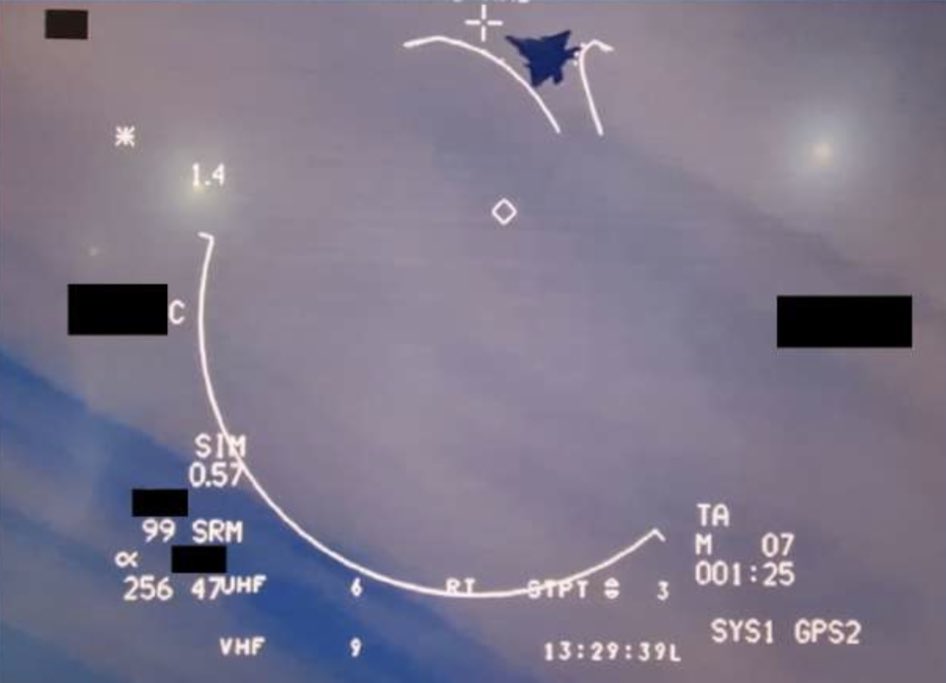
Earlier this week, the Phillippine Air Force (PAF) announced that one of its FA-50 light attack jets managed to score a notional kill against America’s reigning air superiority champ, the F-22 Raptor, during air combat exercises held in July. This announcement came alongside an image captured by the FA-50’s gun camera, showing the Raptor in the Philippino fighter’s sights as the pilot locked onto the stealth jet with an infrared-guided (heat-seeking) missile.
“This incident marked a momentous development in military history. The Philippine’s Lead-in Fighter Aircraft triumphed over a 5th generation fighter jet in a simulated court of air combat, which took place in the airspace over Luzon, within the context of the Cope Thunder Exercise,” the PAF statement reads.
But while this accomplishment is certainly worthy of celebration for the Philippines Air Force, a closer inspection of this image offers a number of worthwhile clues into how a $38 million trainer-turned-attack aircraft managed to best the $350 million+ Raptor.
And here’s a spoiler: As is so often the case in these sorts of exercises, the F-22 appears to be flying with one wing metaphorically tied behind its back.
Speaking of FA-50, the Philippine Air Force published recently that it was able to do a simulated Fox 2 kill against a USAF F-22 Raptor during Exercise COPE THUNDER 2023 last July 2023. Question is if the Raptors are giving their all in the air to air combat exercise.
— Max Montero (@MonteroMax) October 30, 2023
📷 PAF pic.twitter.com/KAvYq2Zy0s
The mock engagement between the Phillipino and American jets took place during Cope Thunder 23-2 – a series of bilateral fighter training exercises and subject matter expert exchanges that took place in the Philippines between July 2 and 21. The U.S. Air Force sent 15 aircraft, primarily F-16s and F-22s, along with over 500 Airmen to participate in the drills alongside a similar number of PAF personnel operating ground attack-oriented FA-50s, A-29s, and AS-211s.
But despite dozens of aircraft flying dozens of sorties over the span of nearly three weeks, the part of these drills that has captured the world’s attention occurred in the moment before a PAF pilot proudly announced over the radio, “Fox 2! Killed one Raptor on the right turn!”
Related: The King is dead: Why would America want to retire the F-22 Raptor
Combat exercises aren’t meant to be fair fights
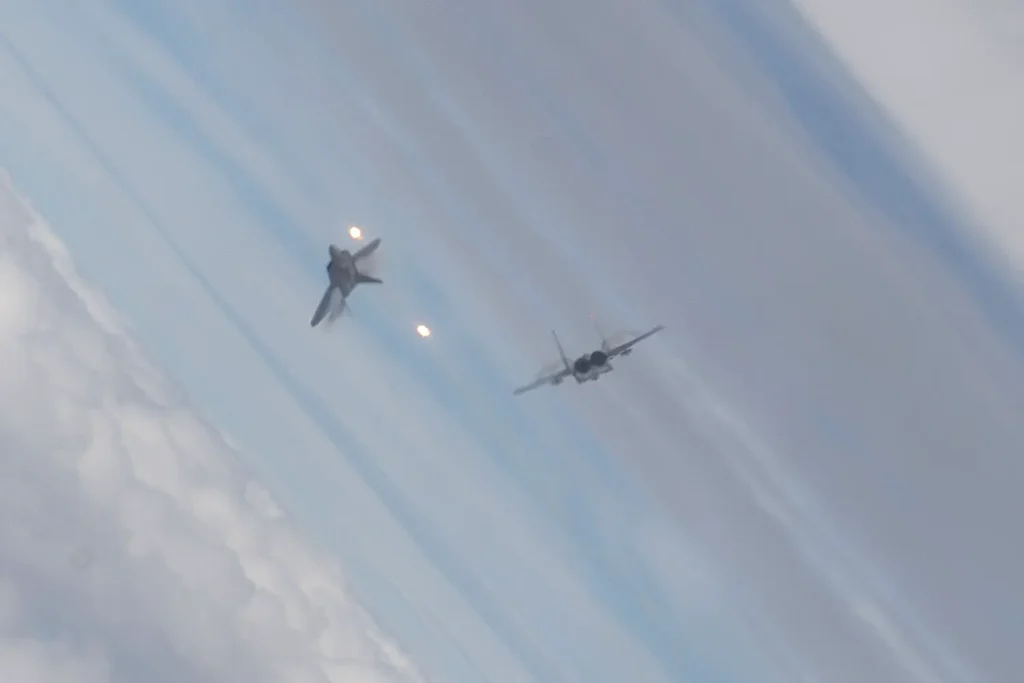
Combat exercises, like those conducted during Cope Thunder 23-2, are often misunderstood by the media outlets reporting on them (though, that misunderstanding can sometimes be attributed to biased outlets). Engagements between aircraft, for example, are often presented without context, as though two jets were simply put up into the sky in the airborne equivalent of a no-holds-barred cage match, but the reality of these situations is anything but.
The goal of these exercises is not to secure victory so much as to create circumstances that are conducive to learning. In order to ensure all pilots and support crews get the most out of these expensive endeavors, the rules of these drills – commonly known as the Rules of Engagement or ROEs – are intentionally set to not just even the playing field, but often, to place the more capable unit or platform at a distinct disadvantage.
In the case of the F-22 Raptor, its stealth, sensor fusion capabilities, and AIM-120 Advanced Medium Range Air to Air Missiles (AMRAAM) are all about giving its pilot what the Air Force calls, “first kill opportunity.” In other words, the fighter and its onboard systems are all meant to allow the Raptor to sneak through enemy airspace without being detected to engage enemy fighters from beyond visual range – wiping out the competition before they realize they’re even in a fight.
Even if forced to fight in close quarters, the aircraft’s capabilities allow Raptor pilots to dictate the nature of the engagement by sneaking through the airspace until they place themselves in the most advantageous position before the fight begins.
But if you were to allow F-22s to fly like that in air combat exercises… they would simply wipe out the competition from 60 miles out the minute the exercise commander said, “Go.” And no one would get much out of the training at all.
Sandboxx News discussed this very possibility in a previous video in which we explored the 2014 exercises that saw German Eurofighter Typhoons score similar kills against their F-22 competition:
Instead, it’s common practice in exercises like these to establish ROEs that compromise the Raptor’s strengths and create advantages for lesser fighters to press. By barring engagements from beyond visual range, for instance, you eliminate the F-22’s stealth advantage (stealth doesn’t work against eyeballs and shorter-ranged infrared-guided weapons have a better chance at locking on).
Other rules, for example forcing Raptor pilots to fly with fuel-heavy drop tanks underwing, can dramatically reduce the aircraft’s aerobatic maneuverability, and through intentional positioning of aircraft at the onset of the exercise, like placing the less-capable jet directly behind the F-22, can make things extremely challenging for Raptor drivers.
Related: How an F-22 pilot scared Iranian fighters away with just one sentence
The King of Sky: F-22 Raptor
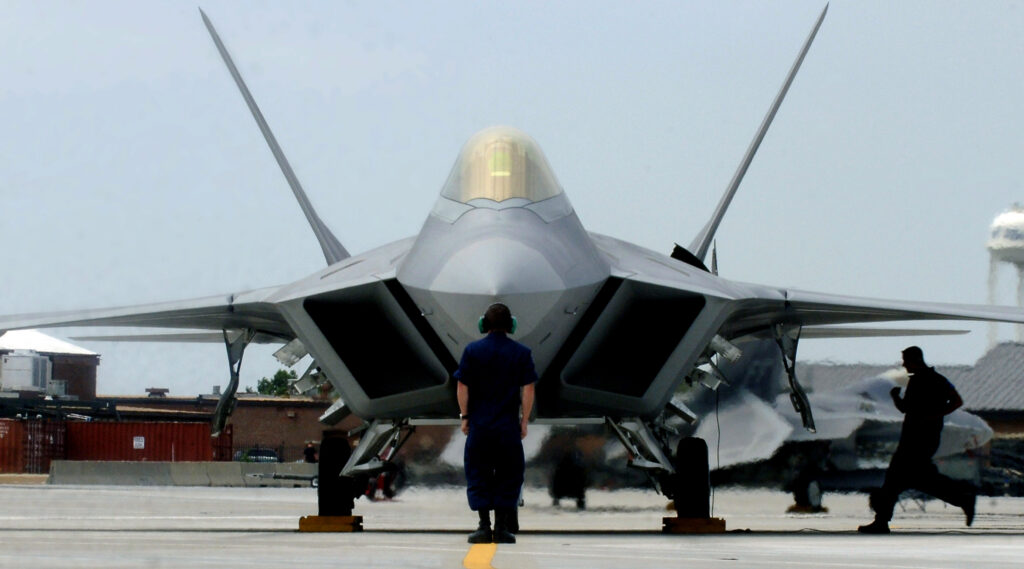
In a real way, an FA-50 taking on the F-22 is a modern David and Goliath story.
The Lockheed Martin F-22 Raptor is widely considered to be the most dominant air superiority fighter ever to fly, thanks to its unique combination of stealth, sensor fusion, and hot rod performance usually only found in non-stealth Cold War-era fighters like the F-15. Powered by a pair of advanced Pratt & Whitney F119-PW-100 turbofan engines that each produces more power under afterburner than the J58 turboramjet that powered the SR-71 Blackbird, the Raptor has an acknowledged top speed of Mach 2.25 and the ability to supercruise – or fly at supersonic speeds without the use of its afterburner – at speeds above Mach 1.5.
Top speeds may not win fights, but the incredible power of these F119s grants the Raptor an arguably best-in-the-world thrust-to-weight ratio of somewhere between 1.25 and 1.37 to one. In other words, the aircraft’s engines produce between 1.25 and 1.37 pounds of thrust for every one pound the aircraft weighs with a standard combat load, making this stealth fighter among the fastest accelerating and climbing tactical jets on the planet. These engines are adorned with two-direction thrust vector control nozzles that allow the pilot to orient the outflow of thrust independently from the airframe, allowing for greater control while flying at a high angle of attack (as when orienting the jet’s nose and weapons down toward an opponent) as well as extreme maneuverability.
But the Raptor is about much more than raw power. Despite being the first and oldest 5th generation fighter on the planet, it remains the stealthiest, with an estimated frontal Radar Cross-Section of just 0.0001~0.0002 sqm. That makes the Raptor potentially as much as 30 times stealthier than the F-117 Nighthawk, and 1,000 times stealthier than even the most optimistic estimates for Russia’s intended competitor, the Su-57. This extreme degree of low observability is bolstered by the F-22’s powerful upgraded AN/APG-77(V1) active electronically scanned array radar that’s said to be so capable that it even outperforms the F-35’s more modern AN/APG-81 – the most powerful radar ever affixed to a fighter – for air-to-air duties.
The F-22 fights with up to six AIM-120 Advanced Medium Range Air to Air Missiles (AMRAAM), two AIM-9 Sidewinder infrared-guided missiles, and an M61A2 20-millimeter Gatling gun onboard.
Related: The race to field NGAD, the futuristic replacement for the F-22
The underdog: FA-50
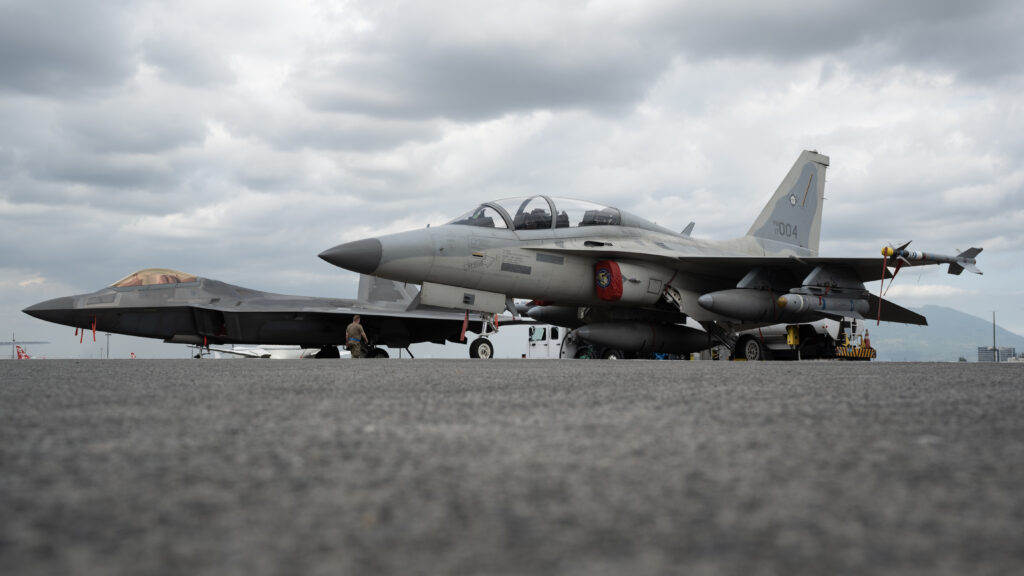
The FA-50, on the other hand, is the light-combat version of the Korea Aerospace Industries (KAI) T-50 Golden Eagle supersonic trainer aircraft initially designed to replace Korea’s aging fleets of Northrop F-5Es and Cessna A-37 Dragonflies.
While the F-22 was designed to outperform the best fighters on the planet with no expense spared, the FA-50 was designed with affordability and efficiency front and center, but that’s not to say that it lacks teeth. Powered by a single General Electric F404-GE-102 afterburning turbofan engine that pumps out around 17,700 pounds of thrust, this two-seat aircraft can reach speeds as high as Mach 1.5 and offers a thrust-to-weight ratio of 0.96 to one.
The FA-50 comes with a General Dynamics A-50 3-barrel 20mm rotary cannon and seven hardpoints for carrying weapons including the AIM-9 Sidewinder, along with a long list of air-to-ground munitions for attack duties. Targeting for both air and ground operations is handled by a modified Israeli EL/M-2032 pulse-Doppler fire control radar that’s rumored to be similar in performance to the American-sourced APG-68(V)7 multi-mode radar leveraged by Korea’s KF-16s.
The FA-50 is an economic performer that won’t break many records, but it won’t break the bank either. So… how on Earth did it manage to score a kill against the most potent fighter in the sky?
Related: America’s new stealth bomber begins taxi tests ahead of first flight
What this picture tells us about the FA-50 versus F-22 engagement
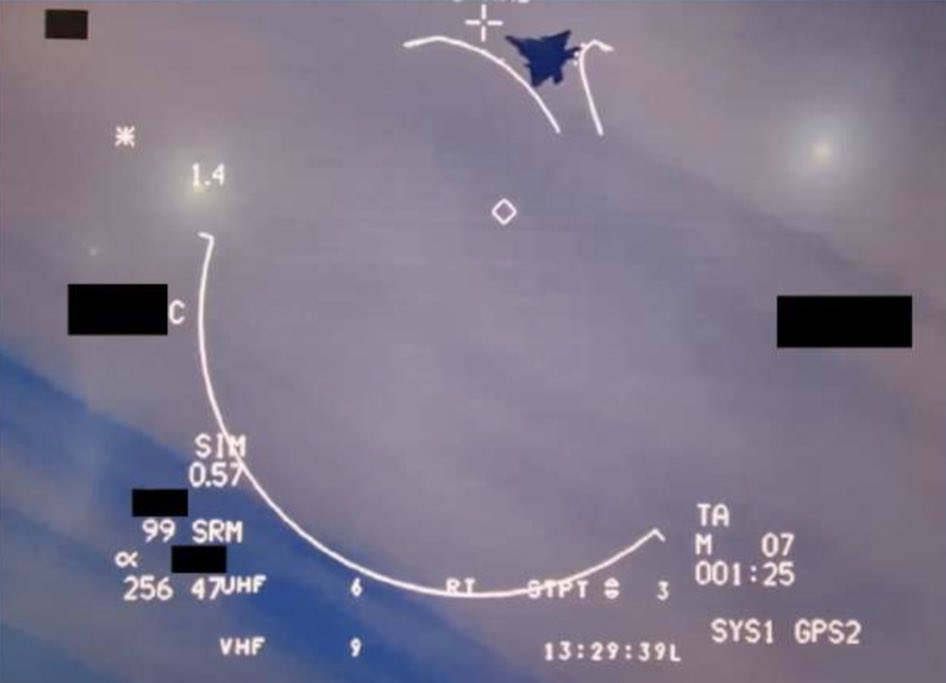
While we do not know the rules of engagement these aircraft were subject to during this exercise, there are some things we can immediately glean from nothing more than the single image above.
The first is that this engagement is clearly going on within visual range. Because it’s all but certain that the F-22 Raptor would quickly dominate the engagement from beyond line of sight, it’s a safe assumption that the ROEs for this exercise forced the two aircraft into close quarters where the Raptor’s advantages, in terms of both stealth or situational awareness, couldn’t be of much use.
But some small details in the F-22’s silhouette are even more telling. If you look closely at the image, you can clearly see what appears to be the Raptor’s fuel-filled drop tanks still underwing during this engagement.
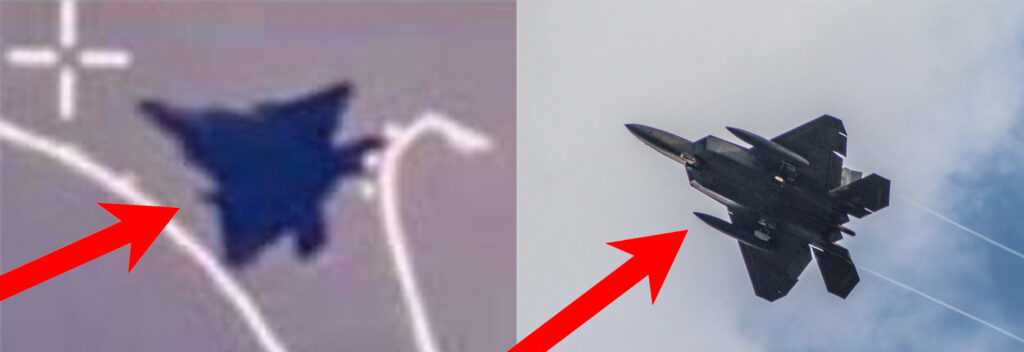
When not in combat or when flying missions that don’t require stealth, the F-22 Raptor is often seen flying with two massive 600-gallon external fuel tanks underwing that carry an additional 8,000 pounds of fuel. These external fuel stores have a seriously detrimental effect on any fighter’s performance, and as such, they’re the first thing most pilots will drop prior to squaring off with an opponent.
These drop tanks dramatically increase the amount of weight carried under each wing, which can raise the fighter’s stall speed (or the speed the jet must maintain to prevent an aerodynamic stall) while also dramatically increasing the inertia of each wing, limiting the fighter’s ability to roll or execute tight turns. They also increase drag, forcing the fighter to work harder in all forms of maneuvers, and dragging down climb rate and acceleration.
In other words, no Raptor pilot would head into the merge with their drop tanks unless it was required by the exercise’s rules of engagement to inhibit the fighter’s performance and give the lesser jet a better chance.
So, without further context regarding the circumstances of this combat exercise, it seems clear that the intent here was to provide all personnel involved with the greatest training benefit, not to put on a clinic about the Raptor’s dominance. And as such, the deck was, once again, stacked against the mighty F-22.
Read more from Sandboxx News
Related Posts
Sandboxx News Merch
-

A-10 ‘Warthog’ Poster
$22.00 – $28.00 Select options This product has multiple variants. The options may be chosen on the product page -

F-35 ‘Lightning’ Framed Poster
$45.00 – $111.00 Select options This product has multiple variants. The options may be chosen on the product page -

A-10 ‘Thunderbolt Power’ Poster
$22.00 – $28.00 Select options This product has multiple variants. The options may be chosen on the product page

Alex Hollings
Alex Hollings is a writer, dad, and Marine veteran.
Related to: Airpower

The A-12 Avenger II would’ve been America’s first real ‘stealth fighter’
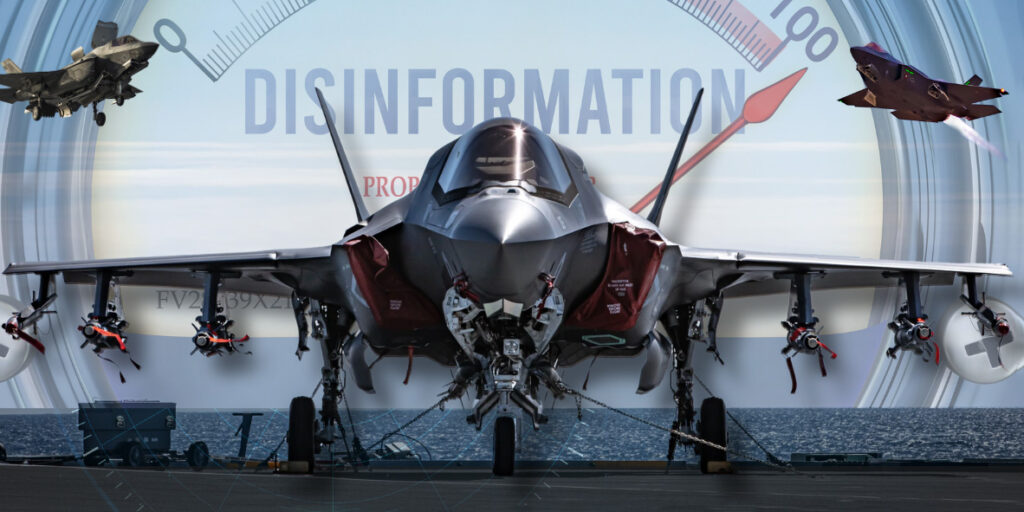
Why media coverage of the F-35 repeatedly misses the mark

It took more than stealth to make the F-117 Nighthawk a combat legend
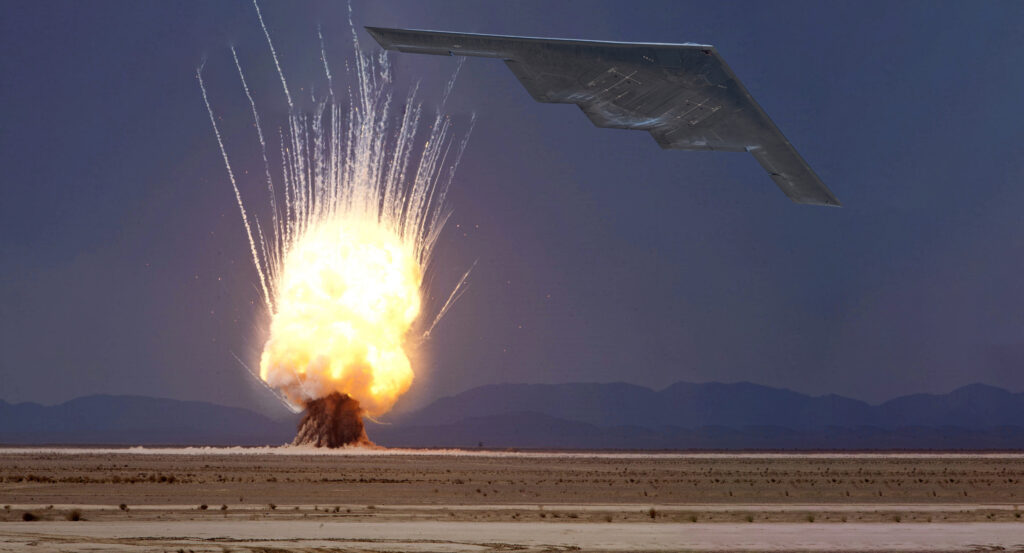
B-2 strikes in Yemen were a 30,000-pound warning to Iran
Sandboxx News
-

‘Sandboxx News’ Trucker Cap
$27.00 Select options This product has multiple variants. The options may be chosen on the product page -

‘AirPower’ Classic Hoodie
$46.00 – $48.00 Select options This product has multiple variants. The options may be chosen on the product page -

‘AirPower’ Golf Rope Hat
$31.00 Select options This product has multiple variants. The options may be chosen on the product page -

‘Sandboxx News’ Dad Hat
$27.00 Select options This product has multiple variants. The options may be chosen on the product page
